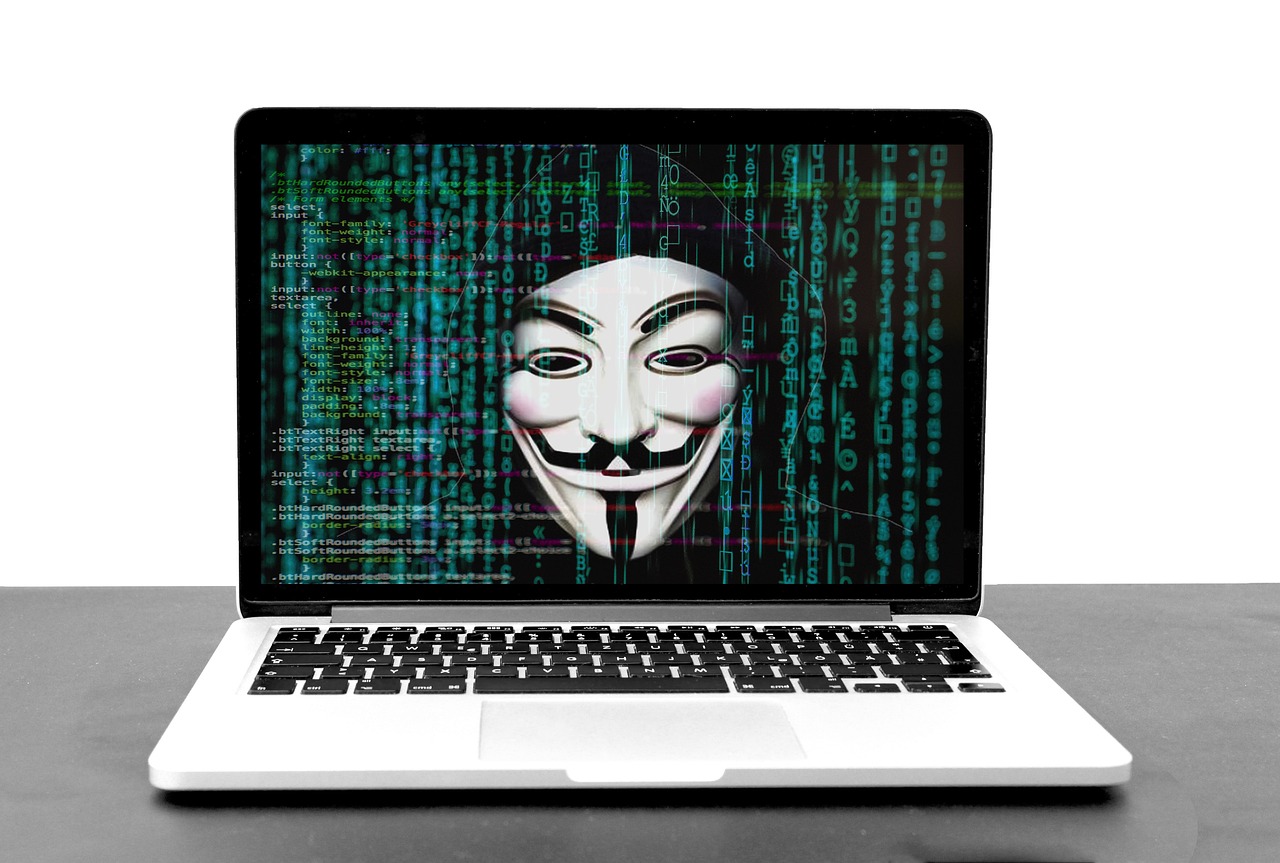
A cybersecurity threat is a potential risk or vulnerability that could be exploited by cyber attackers to gain unauthorized access to systems, networks, or data.
There are many types of cyber threats that organizations are at risk of facing. Here are ten common cyberthreats and why organizations are at risk:
- Phishing: This is a type of social engineering attack in which attackers use email, text messages, or social media to trick people into divulging sensitive information or clicking on malicious links. Organizations are at risk of phishing attacks because employees may be unaware of the signs of a phishing attack and may inadvertently provide sensitive information or click on malicious links.
- Ransomware: This is a type of malware that encrypts a victim’s files and demands a ransom to restore access. Organizations are at risk of ransomware attacks because they may not have sufficient backup and recovery processes in place, or because employees may unknowingly download and install ransomware.
- Malware: This is any software designed to harm or exploit vulnerabilities in computer systems. It can include viruses, worms, trojans, and other types of malicious code. Organizations are at risk of malware attacks because they may not have sufficient cybersecurity measures in place, or because employees may inadvertently download and install malware.
- Denial of Service (DoS) attacks: These attacks involve flooding a website or network with traffic to make it unavailable to users. Organizations are at risk of DoS attacks because they may not have sufficient defenses in place to mitigate the impact of such an attack.
- SQL injection attacks: These attacks involve injecting malicious code into a website’s database through a vulnerable input field, such as a search bar or login form. Organizations are at risk of SQL injection attacks because they may have web applications that are vulnerable to this type of attack.
- Man-in-the-middle attacks: These attacks involve intercepting communication between two parties and manipulating or stealing the information being exchanged. Organizations are at risk of man-in-the-middle attacks because they may not have sufficient protections in place to prevent such attacks.
- Unsecured networks: Using unsecured networks, such as public Wi-Fi, can make it easier for attackers to intercept sensitive information. Organizations are at risk of cyber attacks when using unsecured networks because the data transmitted over these networks is not encrypted and can be intercepted by attackers.
- Weak passwords: Using weak, easily guessable passwords can make it easier for attackers to gain unauthorized access to systems and accounts. Organizations are at risk of cyber attacks when using weak passwords because it is easier for attackers to guess or crack these passwords.
- Outdated software: Using outdated software or operating systems can leave an organization vulnerable to known vulnerabilities that have already been patched in newer versions. Organizations are at risk of cyber attacks when using outdated software because attackers can exploit these known vulnerabilities.
- Insider threats: Insiders, such as employees or contractors, can pose a significant risk to an organization’s cyber security if they have access to sensitive information and are not properly trained on cyber security best practices. Organizations are at risk of insider threats because employees may inadvertently or intentionally compromise the organization’s data or systems.
It is important for organizations to be aware of the various types of cyber threats and to take steps to protect themselves against them. This includes using strong passwords, keeping software and operating systems up to date, and training employees on cyber security best practices.
The Effect Of Cyber Threat
Cyber threats can have a range of negative effects on individuals, organizations, and society as a whole. Some possible effects of cyber threats include:
Financial losses: Cyber attacks can result in direct financial losses due to theft of money or data, or indirect losses due to business disruption or damage to reputation.
Data breaches: Cyber attacks can result in the unauthorized access and theft of sensitive data, such as personal information, intellectual property, or financial records. This can have serious consequences for individuals, such as identity theft or financial fraud, and for organizations, such as loss of competitive advantage or damage to reputation.
System downtime: Cyber attacks can disrupt the availability of computer systems and networks, leading to lost productivity and revenue.
Damage to reputation: Cyber attacks can damage the reputation of individuals and organizations, leading to loss of trust and credibility.
Legal and regulatory consequences: Cyber attacks can result in legal and regulatory consequences, such as fines and penalties for failing to meet data protection and cybersecurity regulations.
The effects of cyber threats can be significant and far-reaching, and it is important for individuals and organizations to take steps to protect themselves against these threats.
CLICK HERE to Book a call with a cybersecurity expert today.
Why your data is at risk
There are many reasons why data can be at risk. Here are a few examples:
- Cyber attacks: Hackers and cyber criminals can use a variety of methods, such as malware, phishing, and ransomware, to access and steal sensitive data.
- Unsecured networks: Using unsecured networks, such as public Wi-Fi, can make it easier for attackers to intercept sensitive data being transmitted over the network.
- Insufficient data protection measures: If an organization does not have sufficient data protection measures in place, such as strong passwords, firewalls, and encryption, it may be more vulnerable to data breaches.
- Insider threats: Insiders, such as employees or contractors, can pose a significant risk to an organization’s data if they have access to sensitive information and are not properly trained on data protection best practices.
- Human error: Accidental data breaches can occur due to human error, such as accidentally sending an email to the wrong person or leaving a laptop containing sensitive data in a public place.
It is important for individuals and organizations to be aware of the various ways that data can be at risk and to take steps to protect it, such as using strong passwords, implementing data protection measures, and training employees on data protection best practices.

How Can Organizations Combat Cyber Threat
There are a number of steps that organizations can take to combat cyber threats and protect themselves against cyber attacks:
- Implement strong passwords and regularly update them: One of the most basic but effective measures organizations can take to protect themselves against cyber threats is to use strong, unique passwords for all accounts and devices, and to regularly update them.
- Use multi-factor authentication: Implementing multi-factor authentication (MFA) can significantly increase the security of an organization’s systems and data. MFA requires users to provide additional forms of authentication, such as a one-time code sent to a phone or a biometric factor, in order to access sensitive systems or data.
- Regularly patch and update software: It is important for organizations to regularly update and patch their software and operating systems to fix known vulnerabilities that could be exploited by cyber attackers.
- Use firewalls and antivirus software: Firewalls and antivirus software can help protect an organization’s systems and networks from cyber attacks by blocking malicious traffic and detecting and removing malware.
- Train employees on cyber security best practices: Employees can be a significant risk to an organization’s cyber security if they are not trained on how to recognize and avoid potential cyber threats. It is important for organizations to provide ongoing training and education to employees to help them understand the importance of cyber security and how to protect themselves and the organization.
- Implement a data backup and recovery plan: In the event of a cyber attack, having a reliable data backup and recovery plan in place can help an organization minimize the impact of the attack and get its systems and operations back up and running as quickly as possible.
- Consider cybersecurity insurance: Cybersecurity insurance can provide organizations with financial protection against the costs associated with a cyber attack, including legal fees, data restoration, and reputation management.
There is no single solution to protecting against cyber threats, and organizations should adopt a multi-layered approach that combines technical measures with employee training and awareness to ensure the strongest possible defense against cyber attacks.
Why your organizations need a cybersecurity expert
There are several reasons why an organization might need a cybersecurity expert:
Cybersecurity threats are constantly evolving: Cybersecurity threats are constantly changing and becoming more sophisticated, and organizations need to stay up to date on the latest threats and vulnerabilities to protect themselves. A cybersecurity expert can help an organization stay ahead of these threats and implement the necessary safeguards to protect against them.
Cybersecurity expertise is in high demand: Cybersecurity is a rapidly growing field, and there is a high demand for skilled professionals who can help organizations protect against cyber attacks. A cybersecurity expert can bring valuable knowledge and expertise to an organization, helping it to identify and address potential vulnerabilities and risks.
Cybersecurity is critical to business continuity: Cyber attacks can have serious consequences for organizations, including financial losses, damage to reputation, and lost productivity. A cybersecurity expert can help an organization implement the necessary safeguards to prevent or minimize the impact of a cyber attack.
Cybersecurity is regulated: Many industries are subject to cybersecurity regulations, and organizations need to ensure that they are compliant with these regulations. A cybersecurity expert can help an organization understand and meet these regulatory requirements.
A cybersecurity expert can bring valuable knowledge and expertise to an organization, helping it to protect against cyber attacks and maintain compliance with cybersecurity regulations.
Adopt a cybersecurity service
A cybersecurity service is a service provided by a company or organization that helps individuals or businesses protect against cyber threats. Cybersecurity services can take many forms, including:
- Managed security services: These are services that provide ongoing monitoring and management of an organization’s cybersecurity posture, including identifying and addressing vulnerabilities and responding to threats.
- Penetration testing: This is a service that simulates a cyber attack on an organization’s systems to test their resilience and identify weaknesses that need to be addressed.
- Security assessments: These are services that assess an organization’s cybersecurity posture and provide recommendations for improving it.
- Compliance services: These are services that help organizations meet regulatory requirements related to cybersecurity, such as HIPAA or PCI DSS.
- Incident response services: These are services that provide support and guidance to organizations in the event of a cyber attack or data breach.
- Security awareness training: These are services that provide employees with training on how to recognize and avoid potential cyber threats.
Cybersecurity services can provide valuable support and expertise to help individuals and organizations protect against cyber threats and maintain compliance with cybersecurity regulations.
CLICK HERE to Contact The Best Cybersecurity Company in Nigeria.
